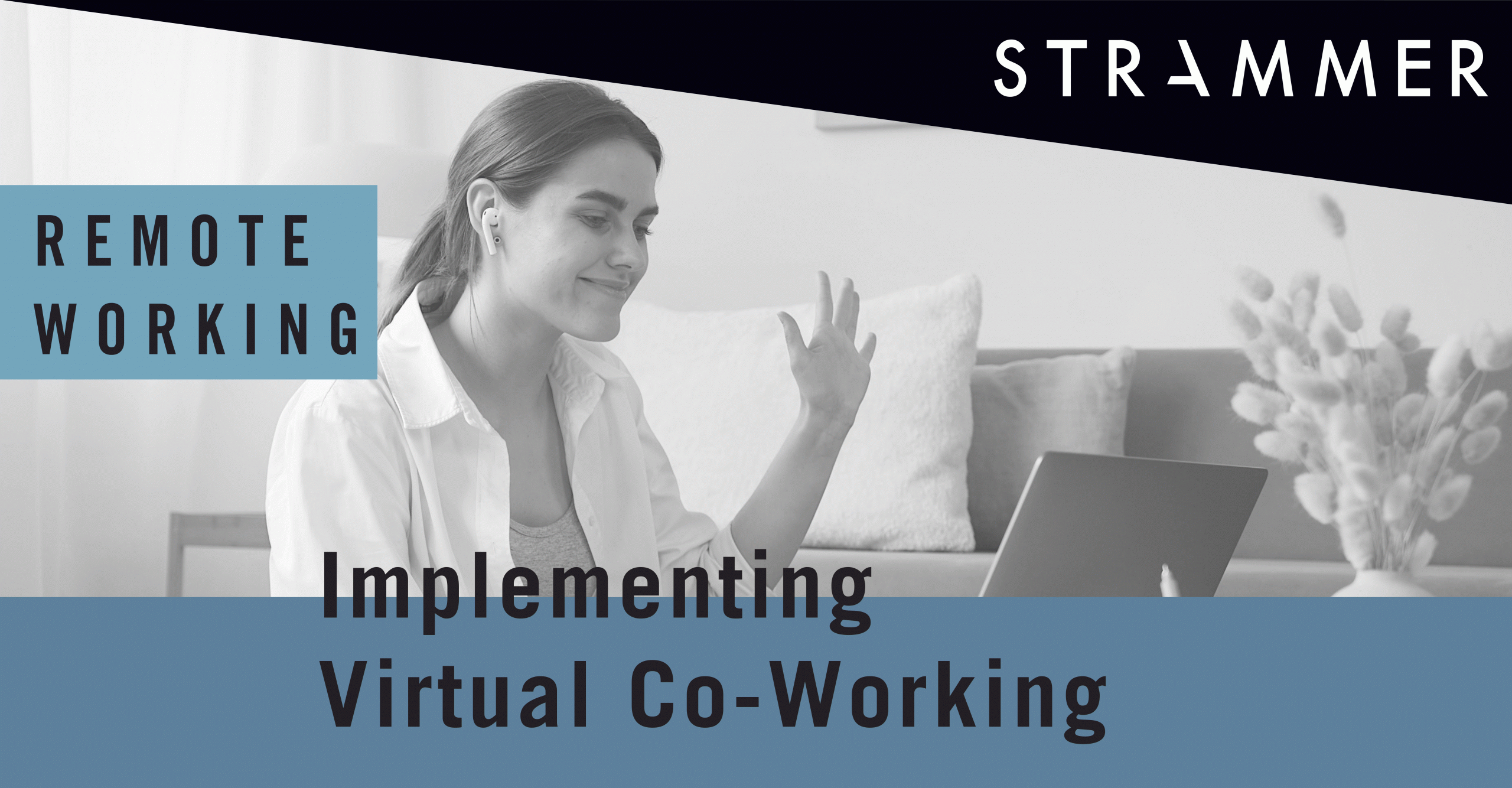How To Implement Virtual Co-Working
Now, well beyond the start of the health crisis, we are in a better position to understand the overall impact of working from home on employees and teams.
While many employees have reported benefits like better work/life balance and cost savings, we have also seen the negatives. Without physically connecting with colleagues, some home working employees have experienced social isolation/loneliness and decreased motivation. If unaddressed, these could lead to disengagement, a decrease in productivity, and employee well-being issues.
However, managers and leaders can certainly take measures to mitigate the downsides, and profit from the advantages. Indeed, the remote working experiment has proven to be a successful one for many employees. A survey by Eurofound found that three quarters of European workers would like to continue remote working at least some of the time. The answer to the question of optimising remote working, then, may be virtual co-working.
Simply, virtual co-working describes sharing a digital space with colleagues or other professionals. It is a way to use technology to recreate positive aspects of the physical office that employees tend to miss when working from home. So, what exactly are these, and what solutions can virtual co-working offer?
Some employees have experienced problems with productivity when working from home. In research by Okta nearly one quarter of the UK employees surveyed said that not being in the same workspace as their colleagues has caused problems with staying productive. Managers could therefore host online collaborative working sessions on digital video conferencing platforms. These sessions facilitate interactions between colleagues and enable them to ask questions/discuss ideas, as well as gain the motivating effects of working alongside colleagues in real-time.
Another way to use virtual co-working is by hosting ‘work-sprints’, which refer to short sessions where colleagues work on one task uninterrupted. These can improve focus and concentration, which can lead to greater productivity and satisfaction.
Beyond work sessions, virtual employee social meetings where work is not discussed may help workers stay socially connected with each other. These can help combat isolation in remote work, which 12% of UK workers surveyed by Eurofound reported experiencing ‘most of the time’ or ‘always’ when working. These meetings, which could be in the form of virtual breakfasts/lunches or social events like team quizzes, can strengthen bonds between colleagues and help to provide positive mental boosts.
It is also important that companies support remote workers’ mental and physical health, and make intentional efforts to check-in given they are not physically around. Companies can also provide virtual wellness programmes, such as exercise sessions and mindfulness classes.
Additionally, they should ensure to invest in the professional development of their remote employees. Virtual ‘lunch and learns’ – where companies provide training and learning initiatives during the lunch hour – can be a way to inspire individuals and teams and boost their skill sets. And finally, given the disruption to many scientific conferences due to the pandemic, tuning in to or hosting webinars/talks with industry experts will help keep employees plugged into the latest developments and trends in the healthcare community.
References:





